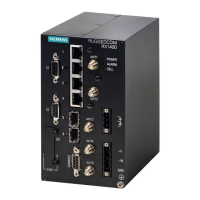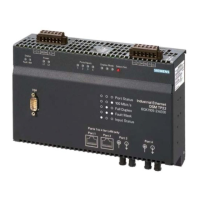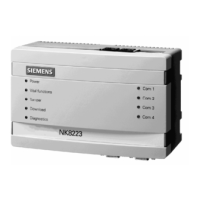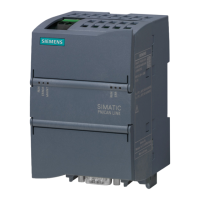Chapter 8
Layer 2
RUGGEDCOM ROX II
CLI User Guide
290 IGMP
One producer IP host (P1) is generating two IP multicast streams, M1 and M2. There are four potential consumers
of these streams, C1 through C4. The multicast router discovers which host wishes to subscribe to which stream
by sending general membership queries to each segment.
In this example, the general membership query sent to the C1-C2 segment is answered by a membership report
(or join) indicating the desire to subscribe to stream M2. The router will forward the M2 stream to the C1-C2
segment. In a similar fashion, the router discovers that it must forward stream M1 to segment C3-C4.
A consumer may join any number of multicast groups, issuing a membership report for each group. When a host
issues a membership report, other hosts on the same network segment that also require membership to the same
group suppress their own requests, since they would be redundant. In this way, the IGMP protocol guarantees the
segment will issue only one membership report for each group.
The router periodically queries each of its segments in order to determine whether at least one consumer still
subscribes to a given stream. If it receives no responses within a given time period (usually two query intervals),
the router will prune the multicast stream from the given segment.
A more common method of pruning occurs when consumers wishing to unsubscribe issue an IGMP leave group
message. The router will immediately issue a group-specific membership query to determine whether there are
any remaining subscribers of that group on the segment. After the last consumer of a group has unsubscribed, the
router will prune the multicast stream from the given segment.
Switch IGMP Operation
The IGMP Snooping feature provides a means for switches to snoop (i.e. watch) the operation of routers, respond
with joins/leaves on the behalf of consumer ports, and prune multicast streams accordingly. There are two modes
of IGMP the switch can be configured to assume: active and passive.
• Active Mode
IGMP supports a routerless mode of operation.
When such a switch is used without a multicast router, it is able to function as if it is a multicast router sending
IGMP general queries.
• Passive Mode
When such a switch is used in a network with a multicast router, it can be configured to run Passive IGMP. This
mode prevents the switch from sending the queries that can confuse the router causing it to stop issuing IGMP
queries.
NOTE
A switch running in passive mode requires the presence of a multicast router or it will be unable to
forward multicast streams at all if no multicast routers are present.
NOTE
Without a multicast router, at least one IGMP Snooping switch must be in active mode to make IGMP
functional.
IGMP Snooping Rules
IGMP Snooping adheres to the following rules:
• When a multicast source starts multicasting, the traffic stream will be immediately blocked on segments from
which joins have not been received.
• Unless configured otherwise, the switch will forward all multicast traffic to the ports where multicast routers are
attached.

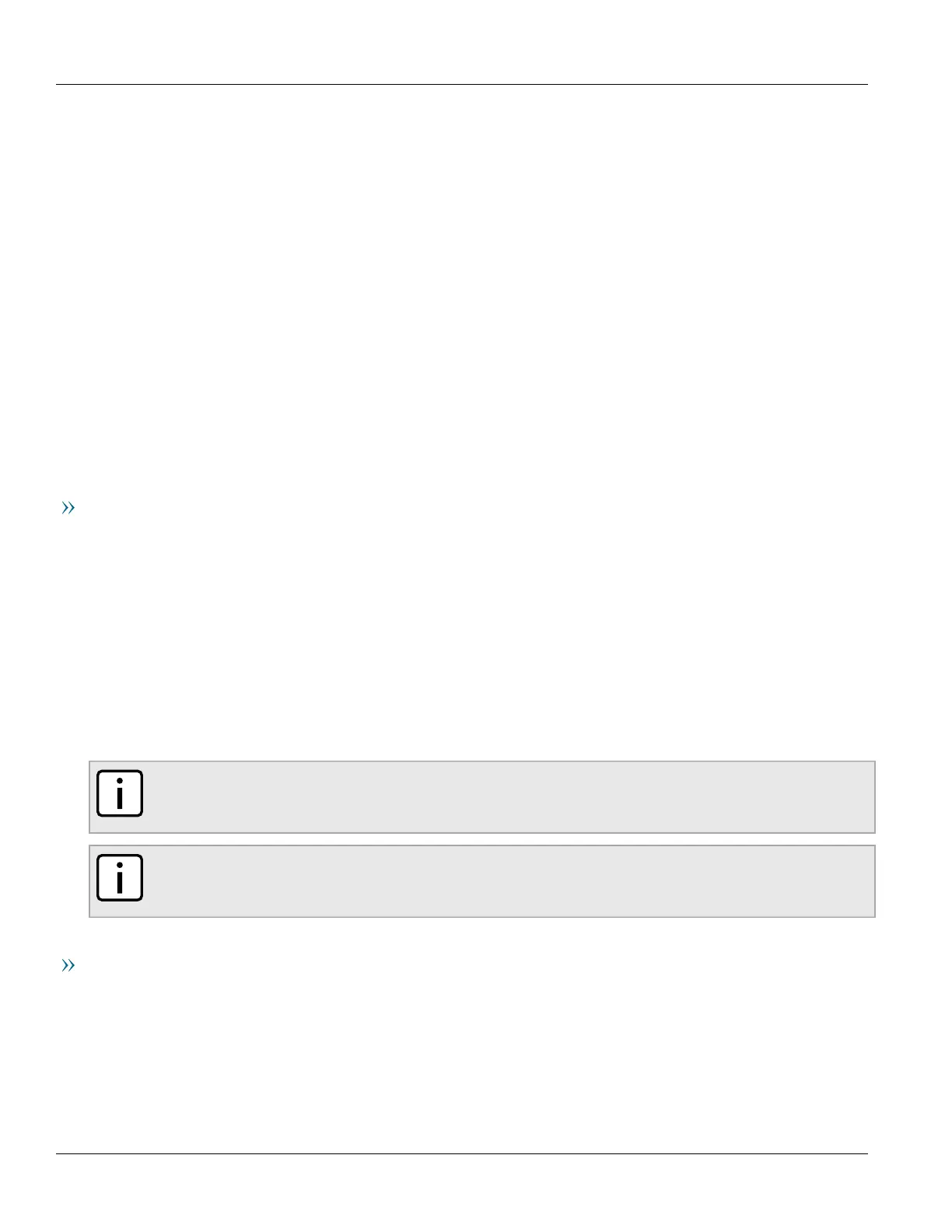